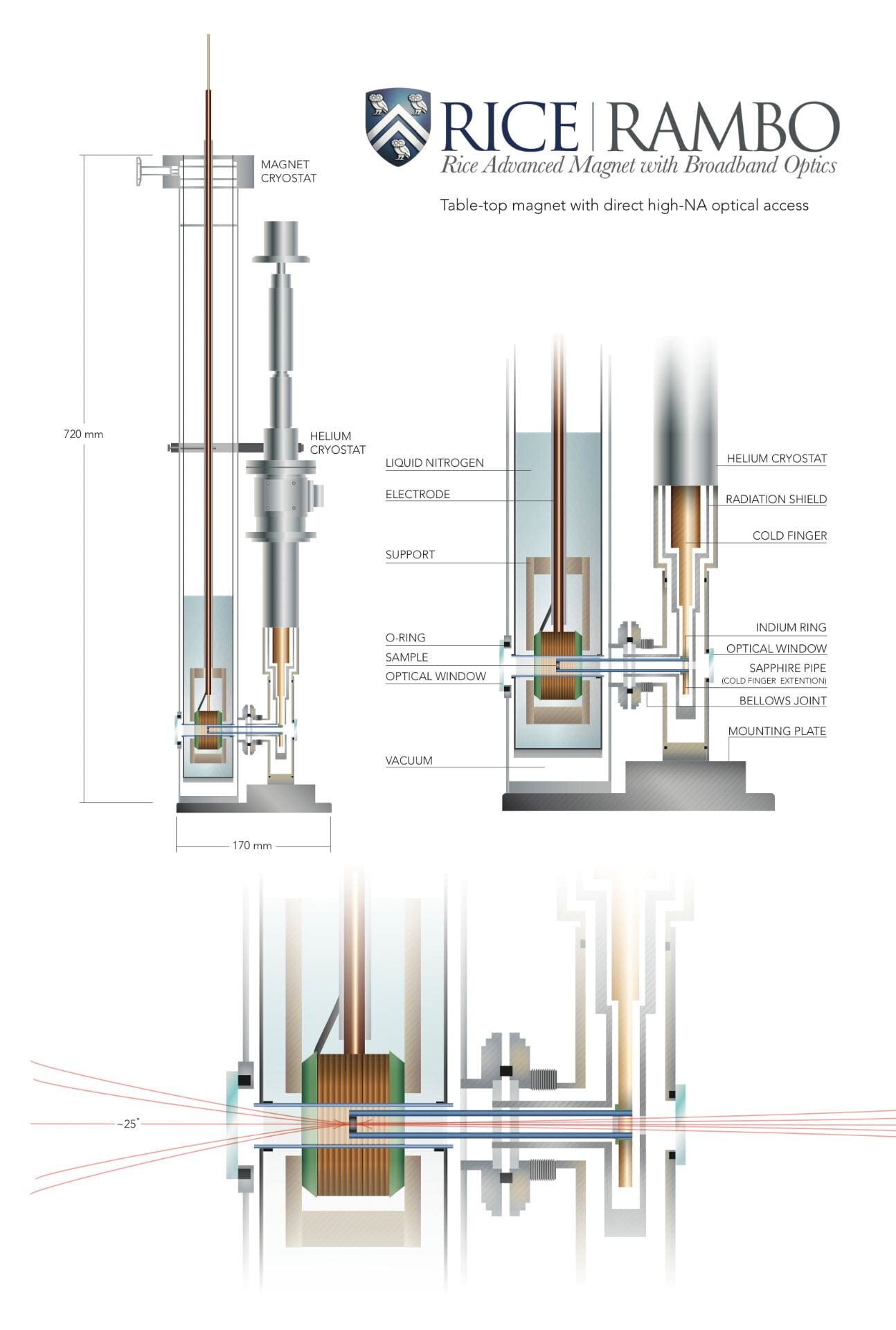Materials with enhanced thermal conductivity are crucial for the development of advanced devices in communications, clean energy, and aerospace. However, to engineer such materials, scientists must understand the behavior of phonons, which are quantum units of atomic vibration, in a specific substance.
Recently, there has been a growing interest in chiral phonons, which are phonon modes that exhibit circular motion. However, the mechanisms that can result in a significant phonon magnetic moment are not well comprehended.
Now, an international team of researchers, led by Felix Hernandez from Brazil’s Universidade de São Paulo and Rice assistant research professor Andrey Baydin, has published a study that elucidates the intricate connections between the magnetic properties of these quantum whirling dervishes and the underlying topology of a material’s electronic band structure. The electronic band structure determines the range of energy levels that electrons possess within the material.
This discovery contributes to the expanding knowledge on phonons, enabling more effective manipulation of phonons through magnetic fields and the development of advanced materials.
In a previous study, Baydin and colleagues applied a magnetic field to lead telluride, a simple semiconductor material. They observed that the phonons ceased vibrating linearly and instead exhibited chiral motion, moving in a circular manner.
2023-12-17 11:41:02
Link from phys.org
